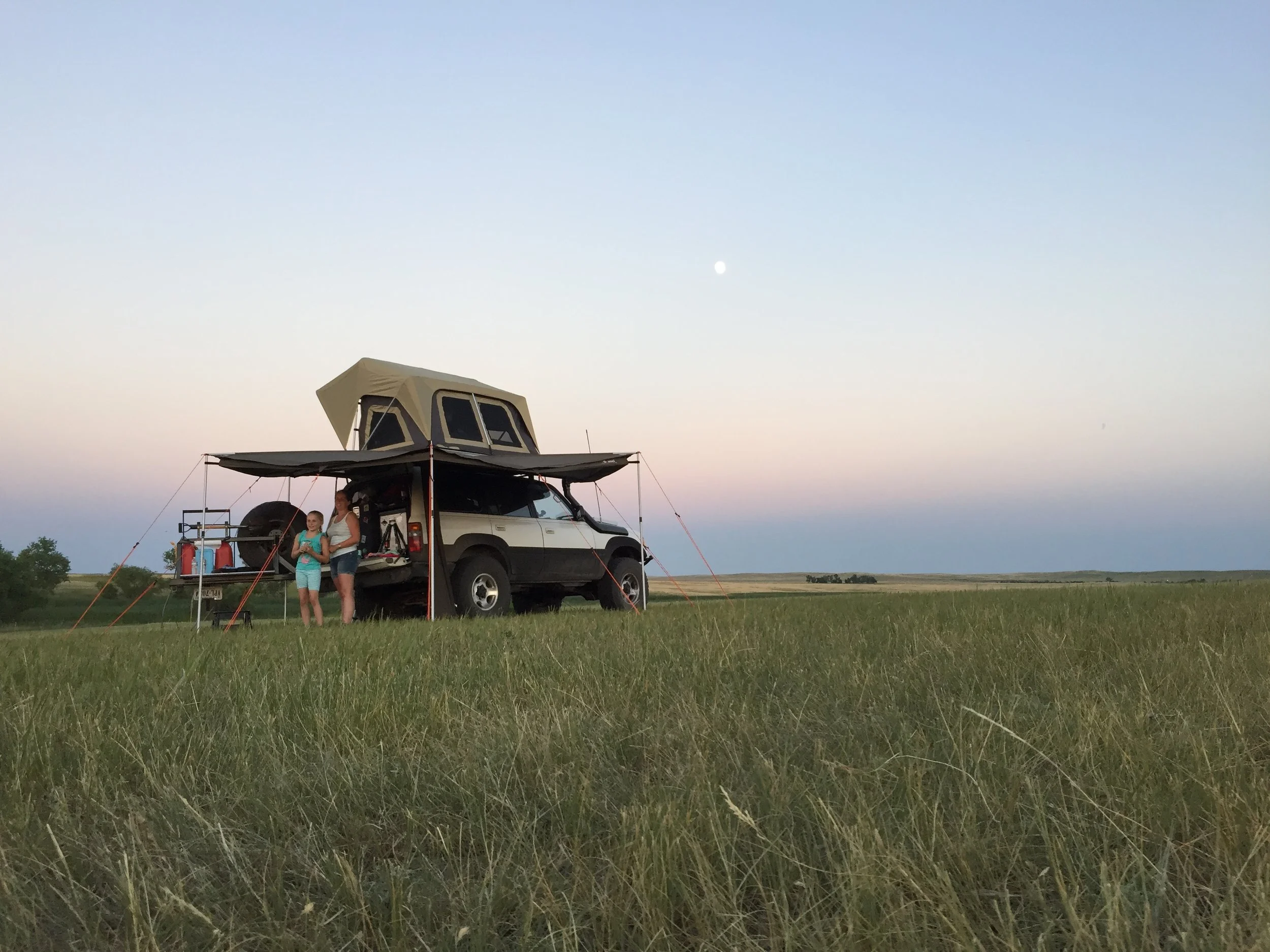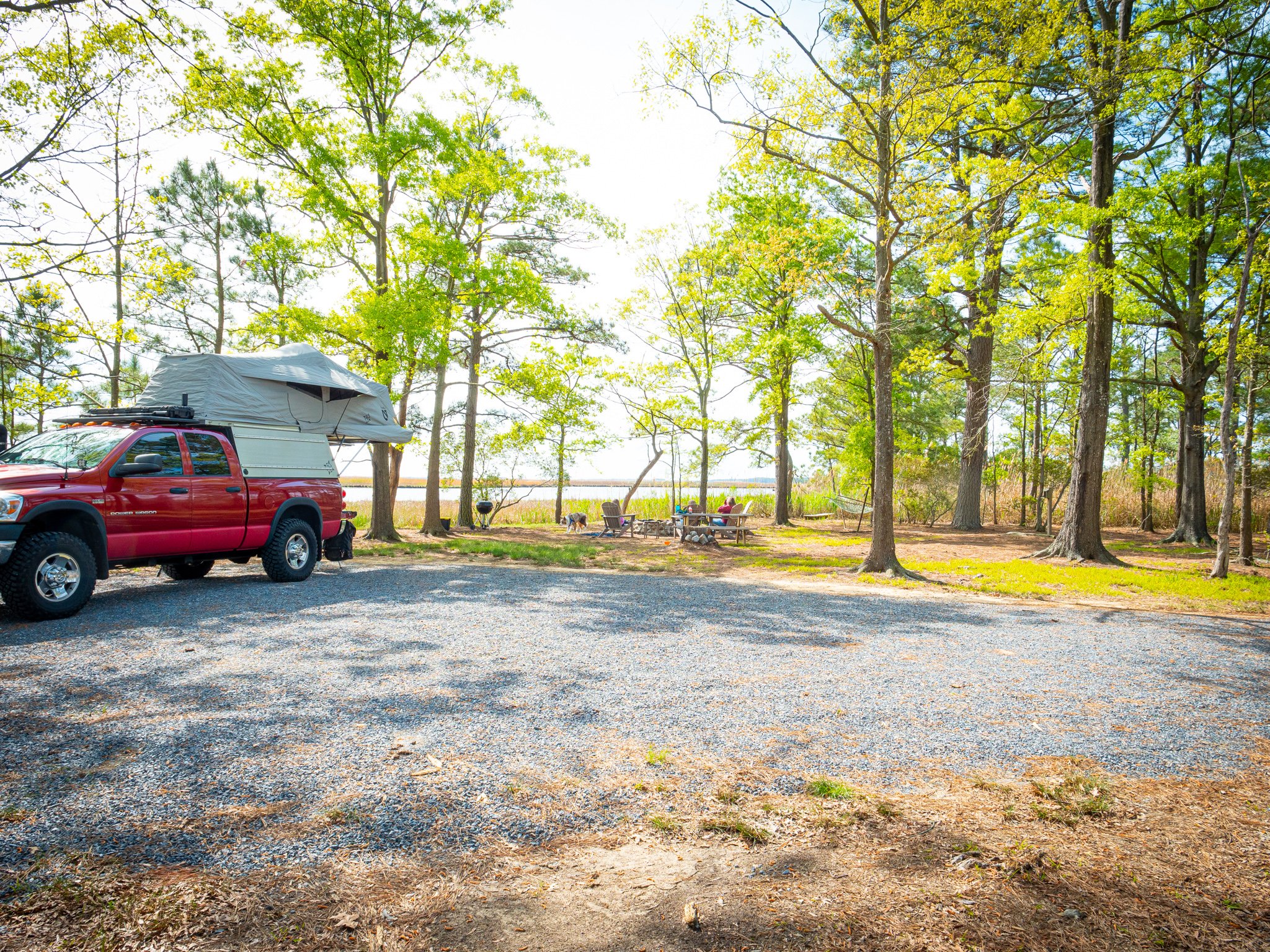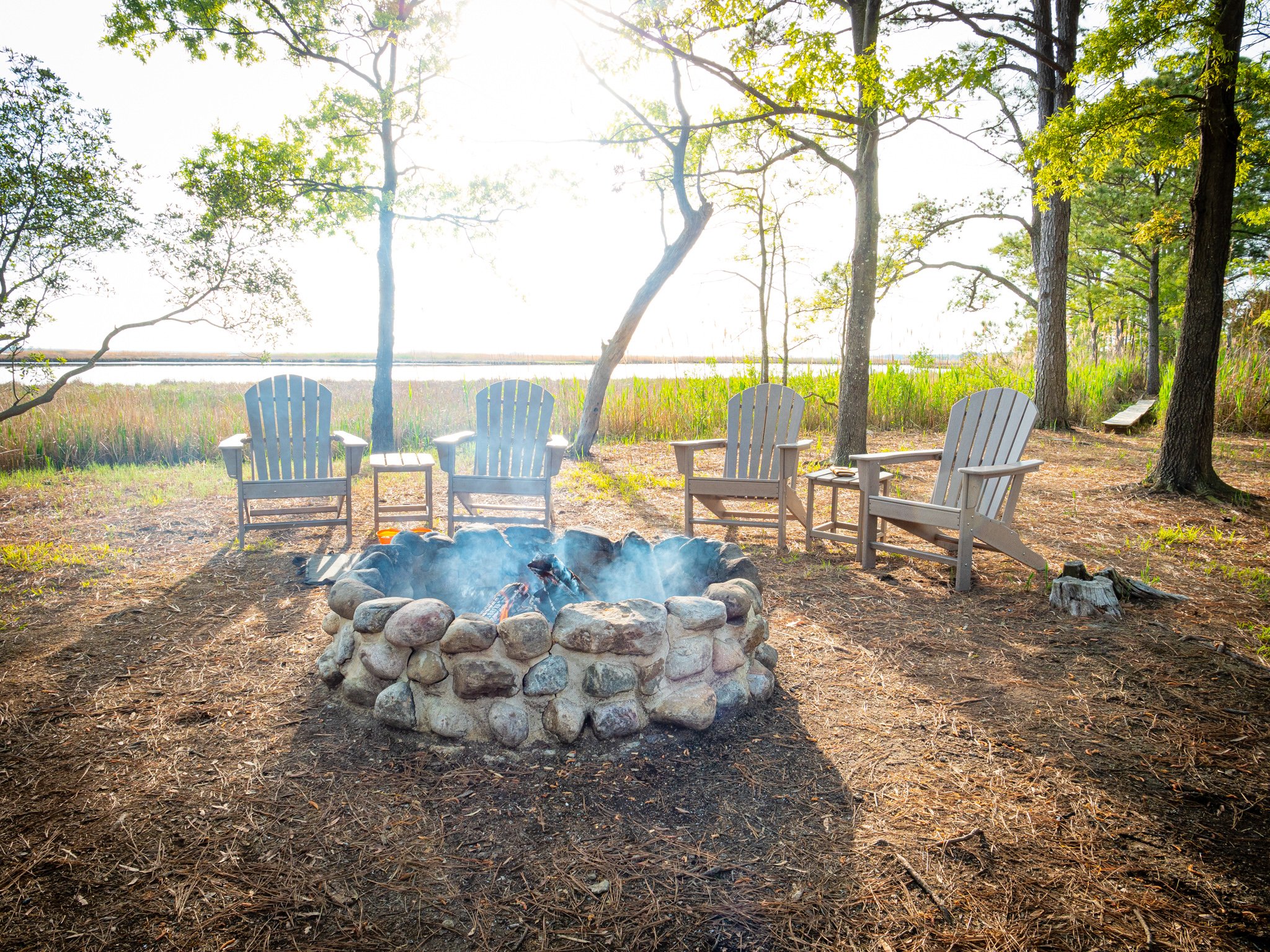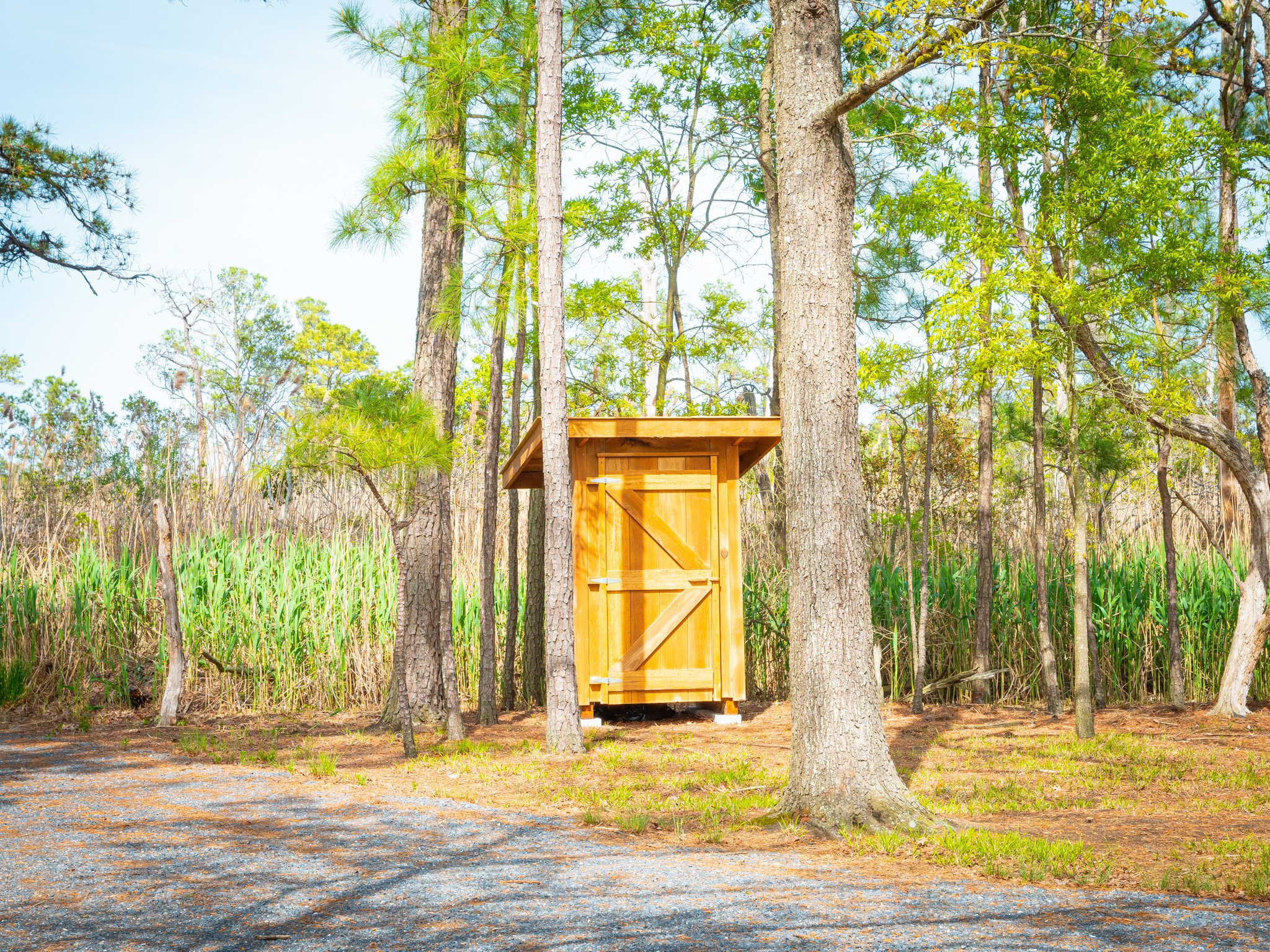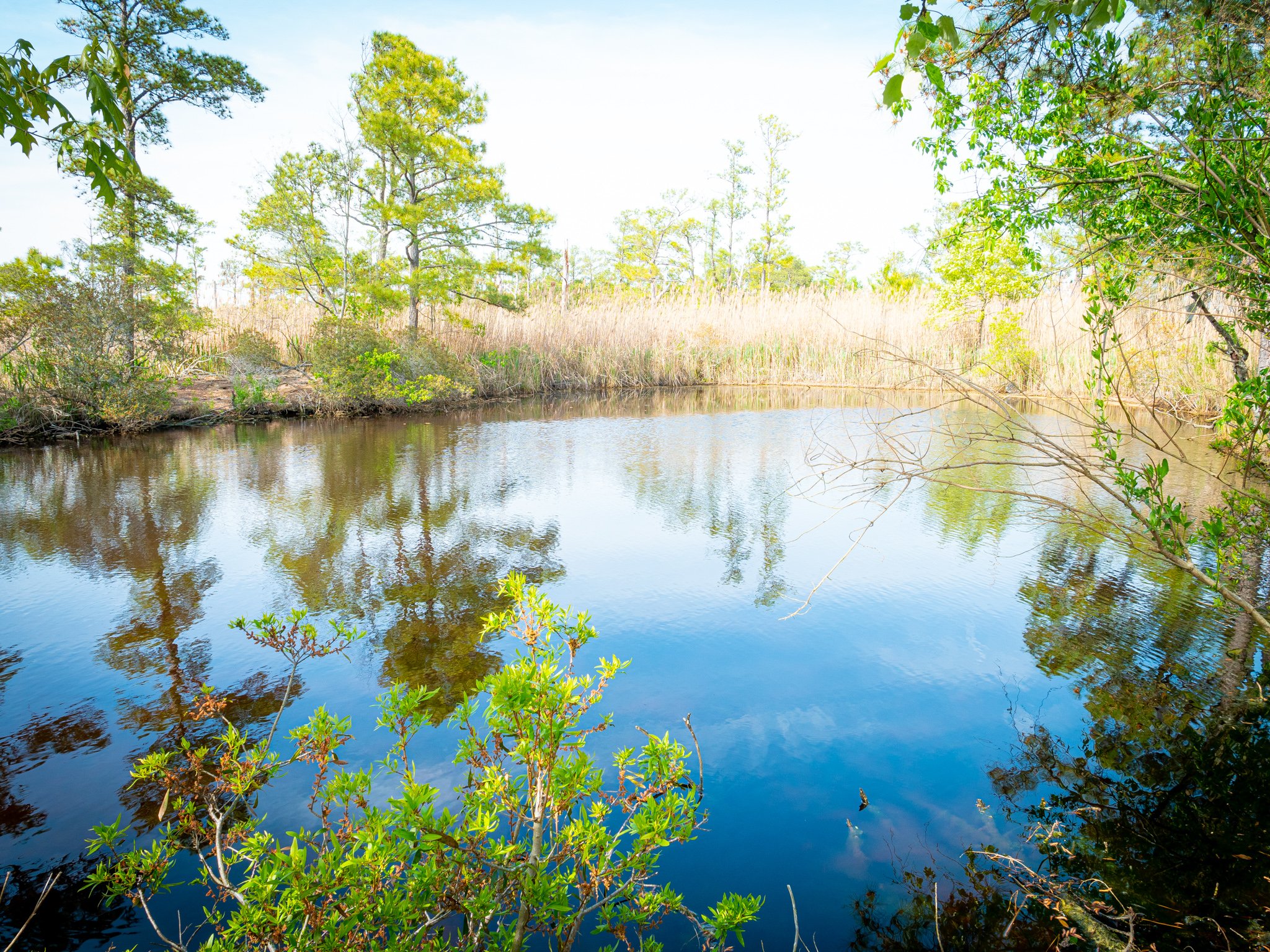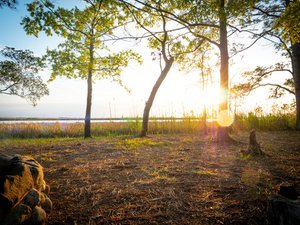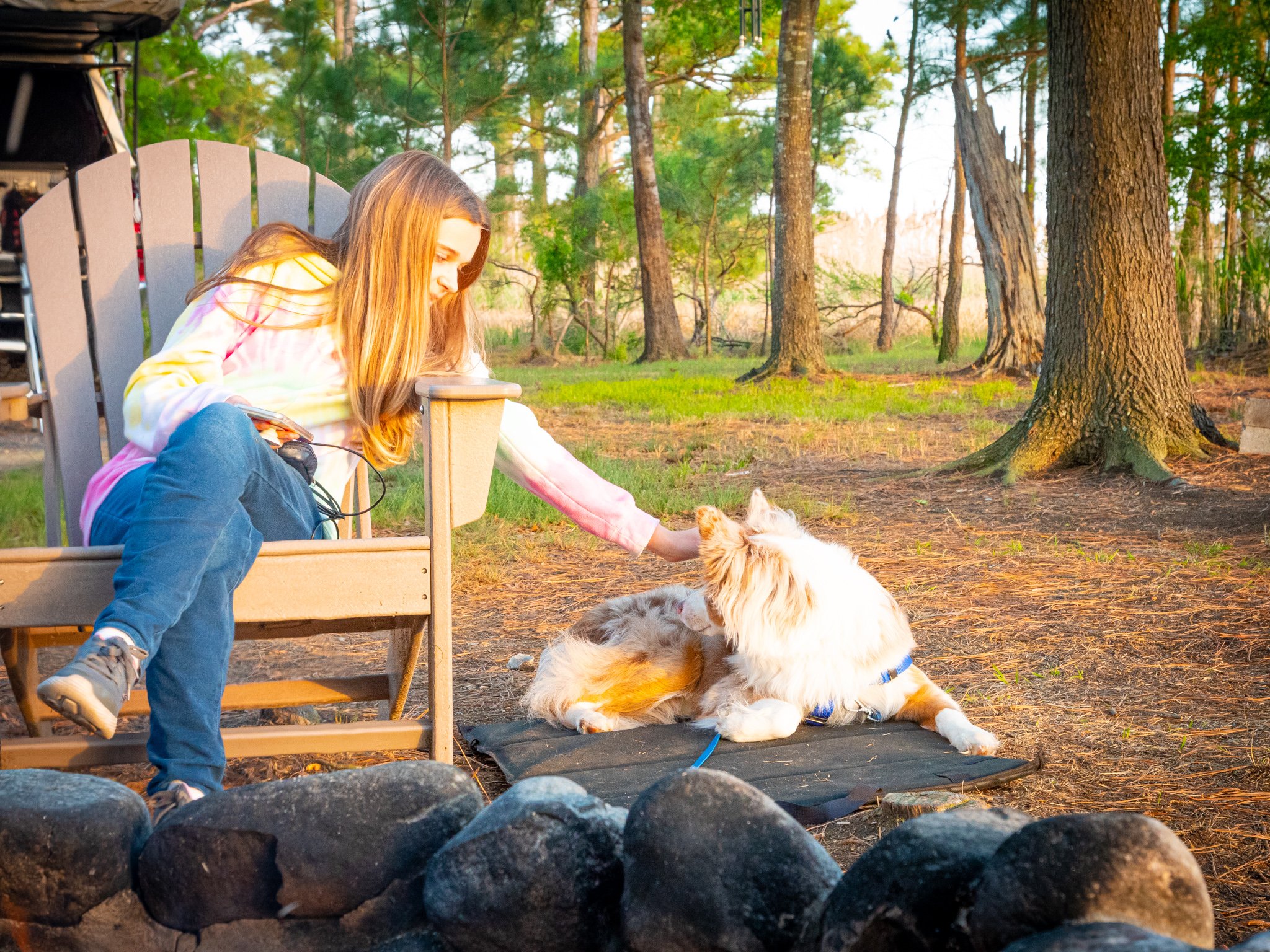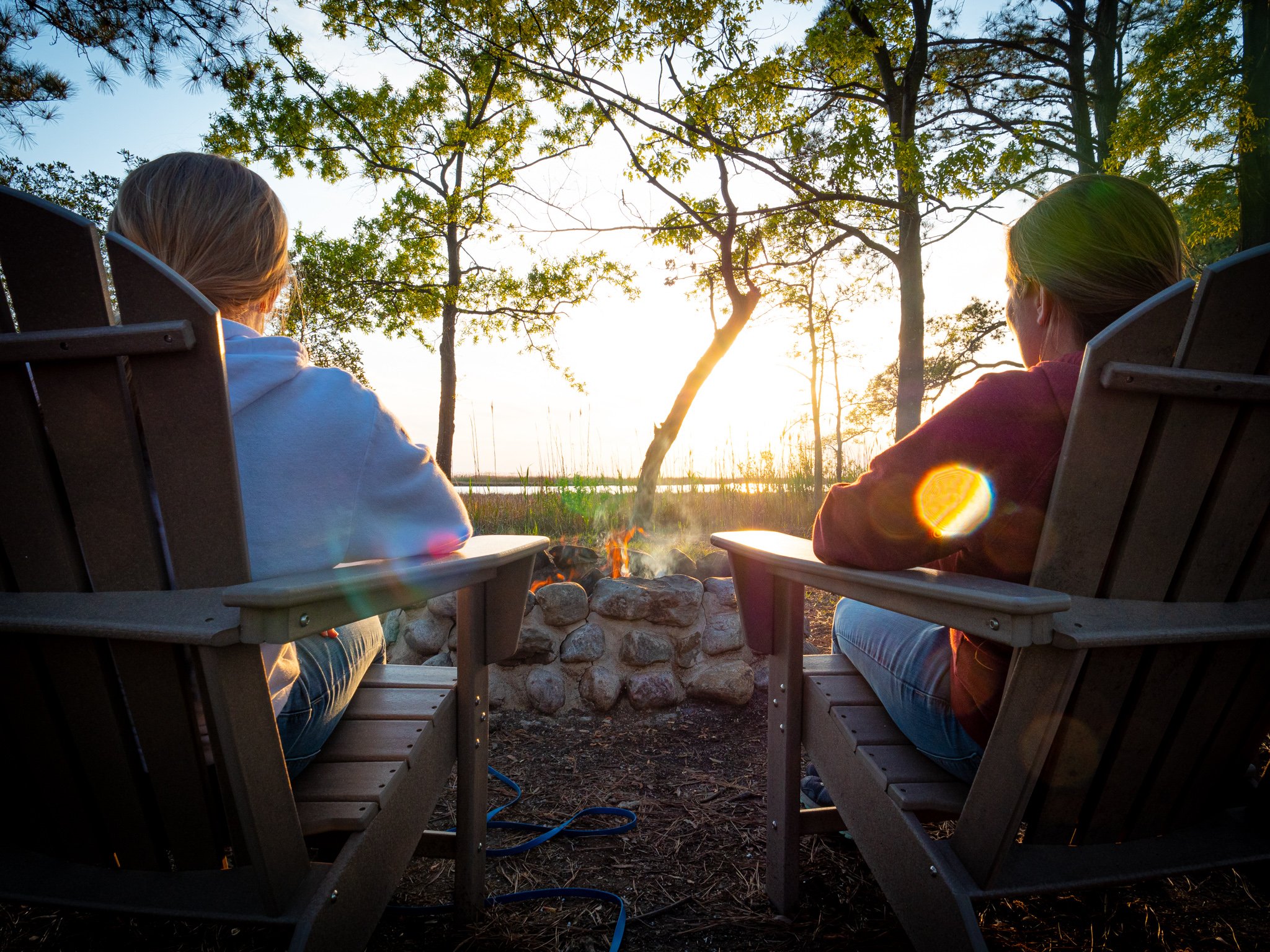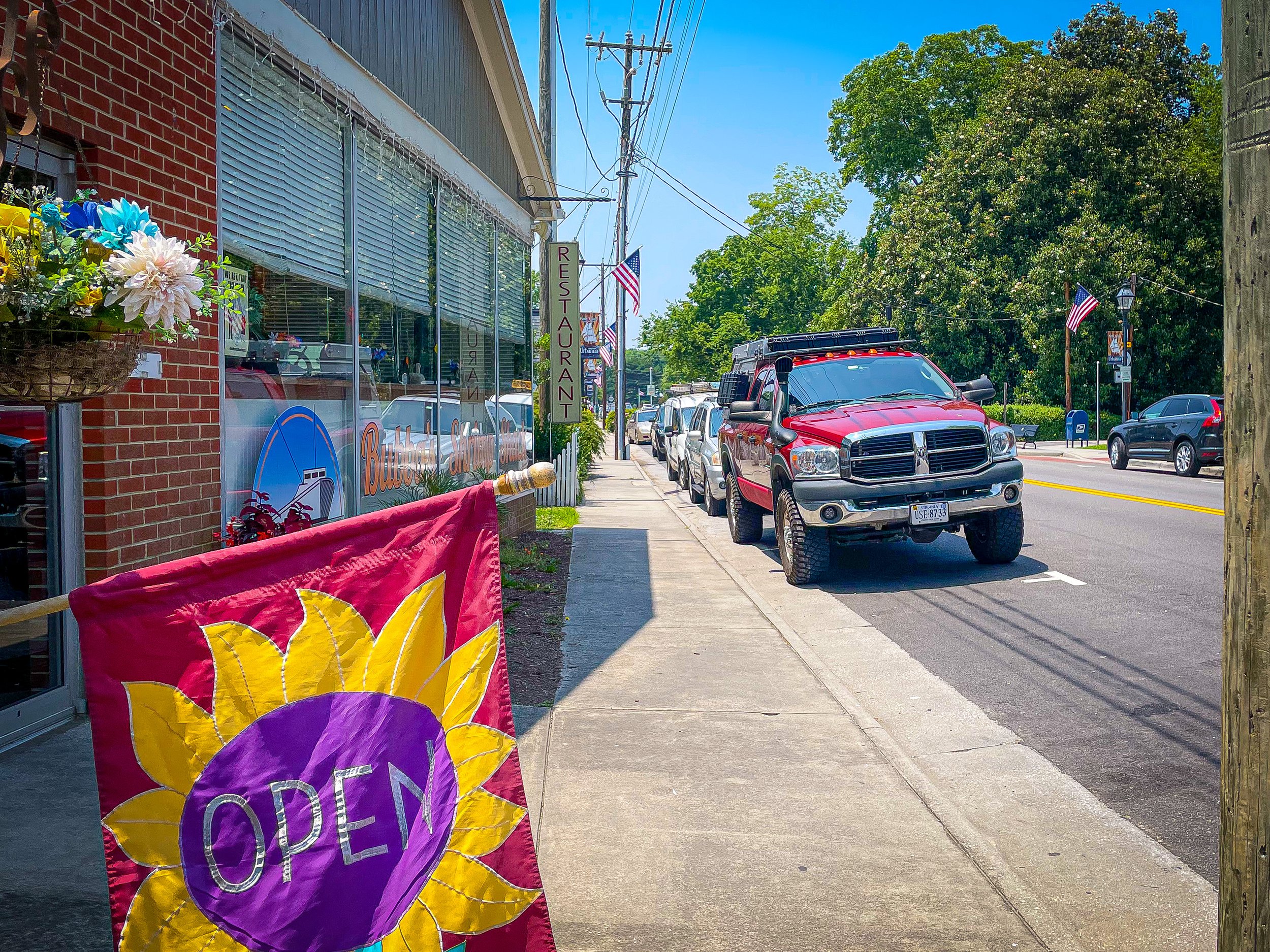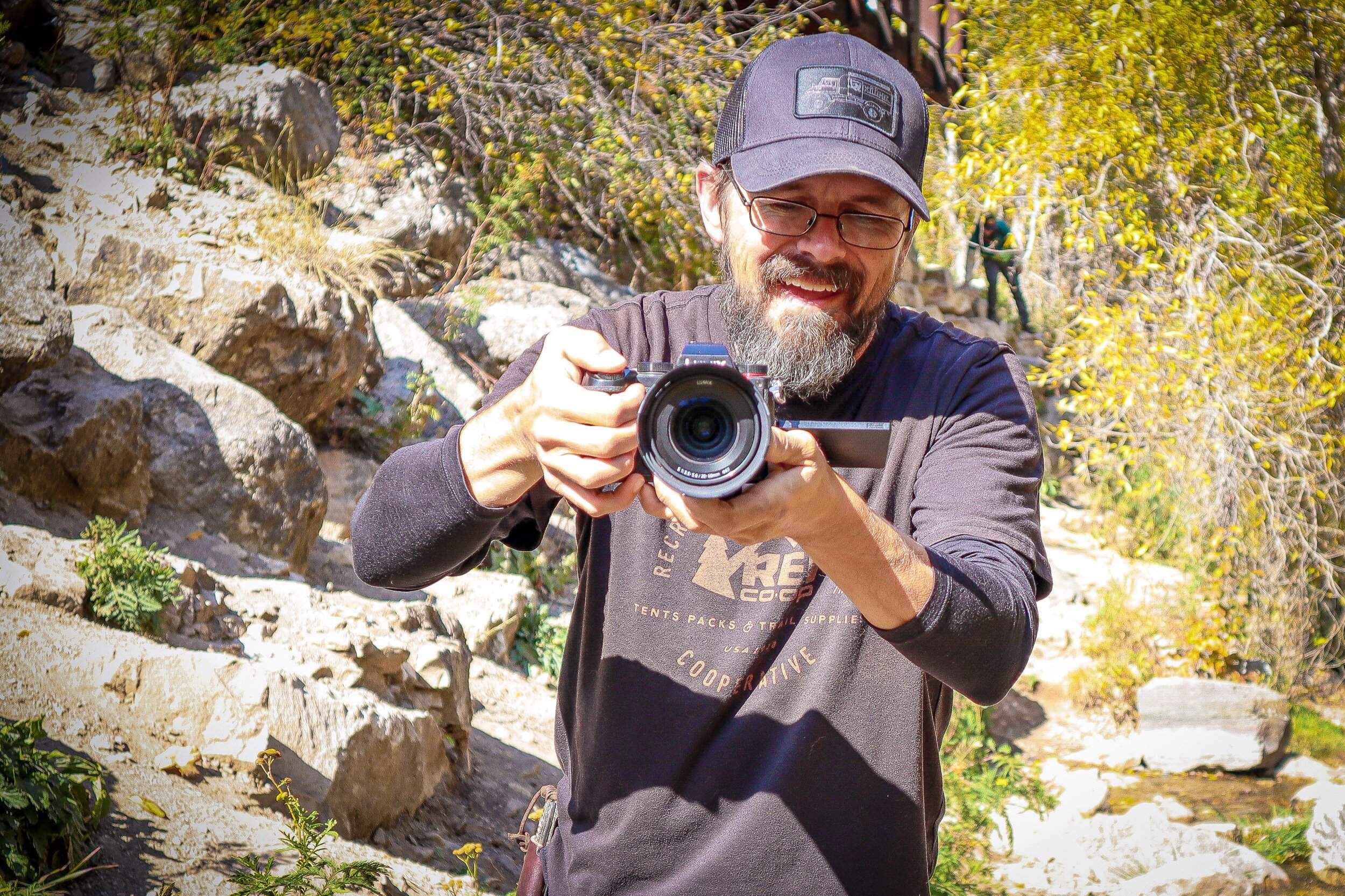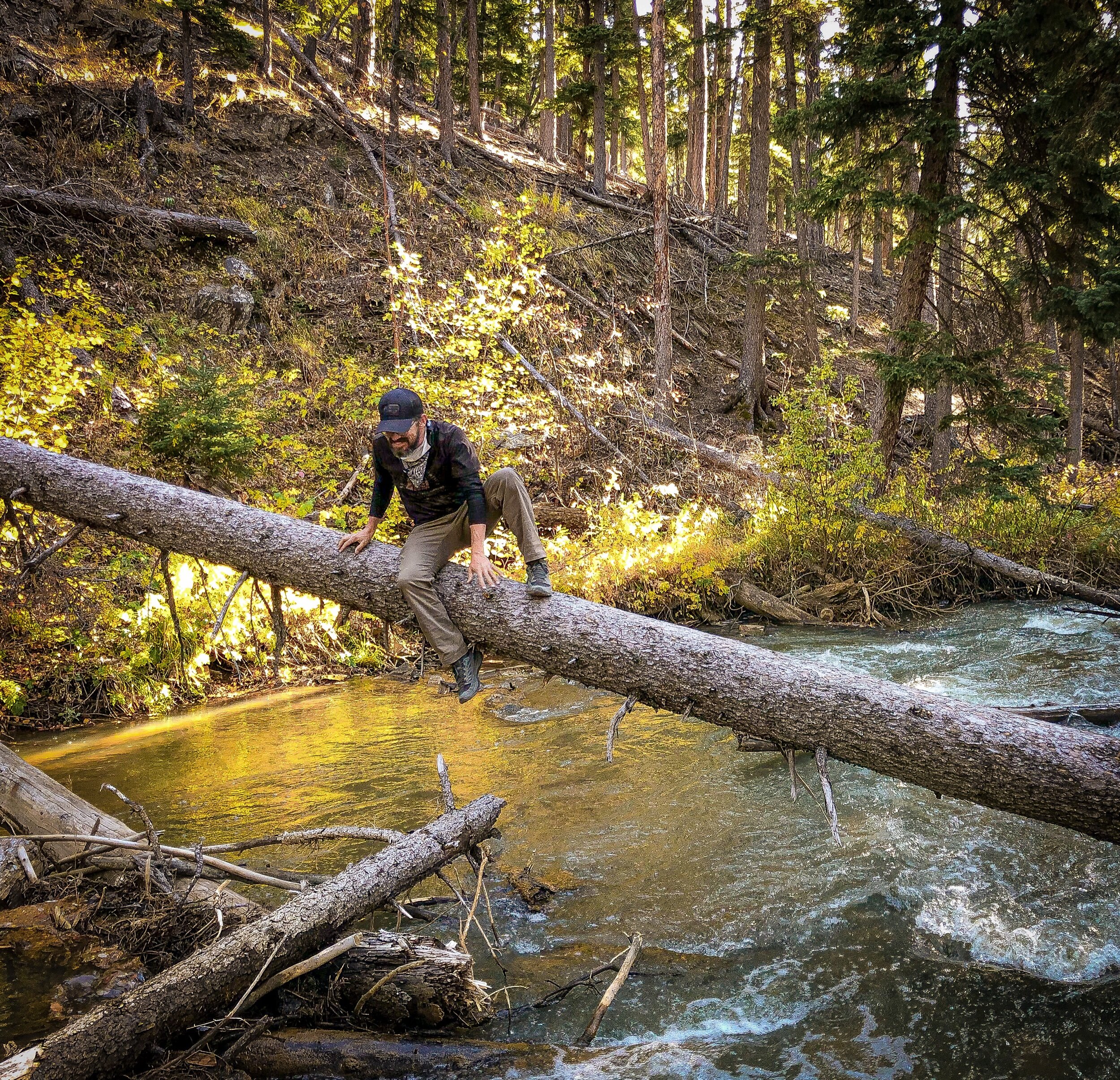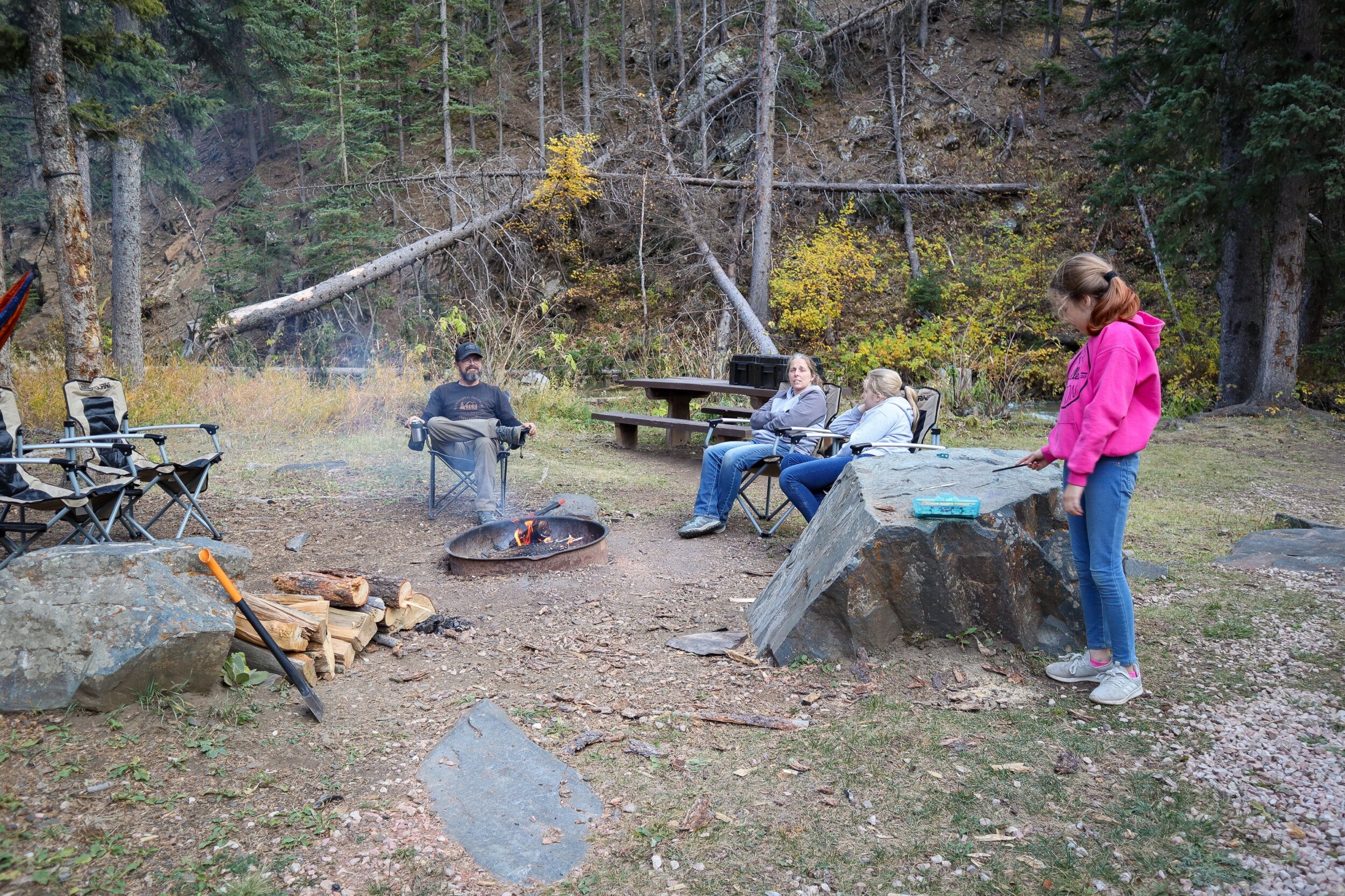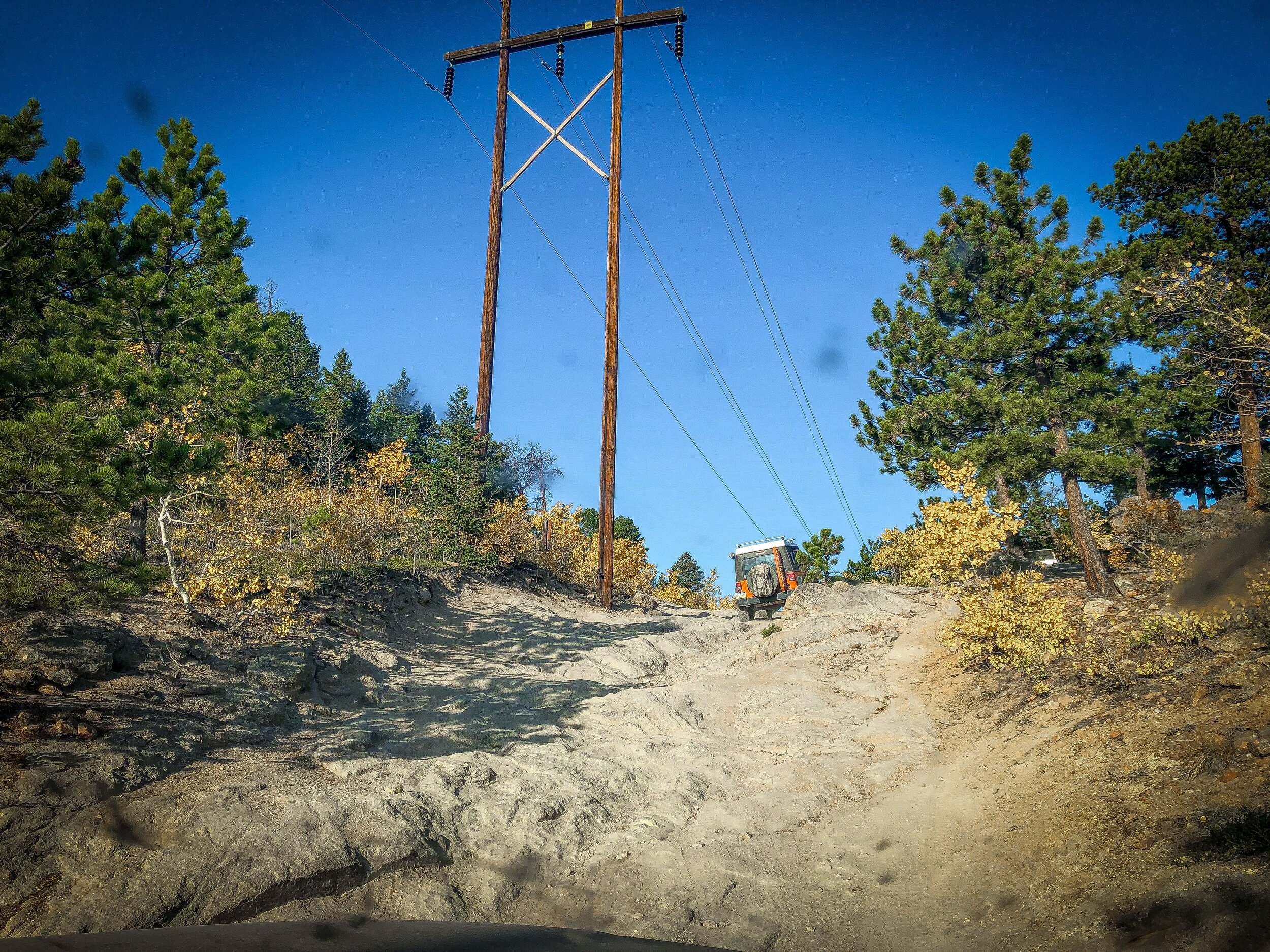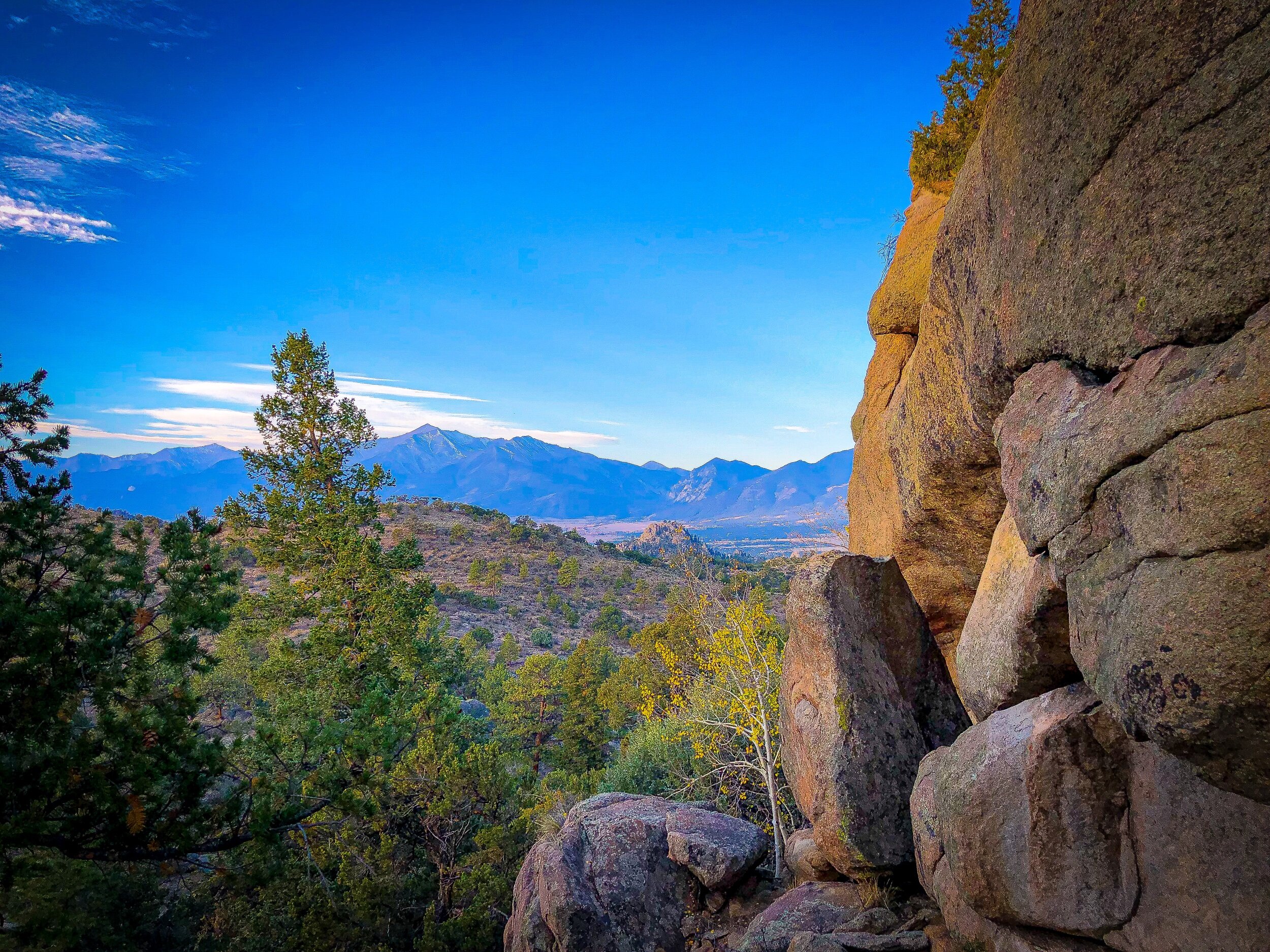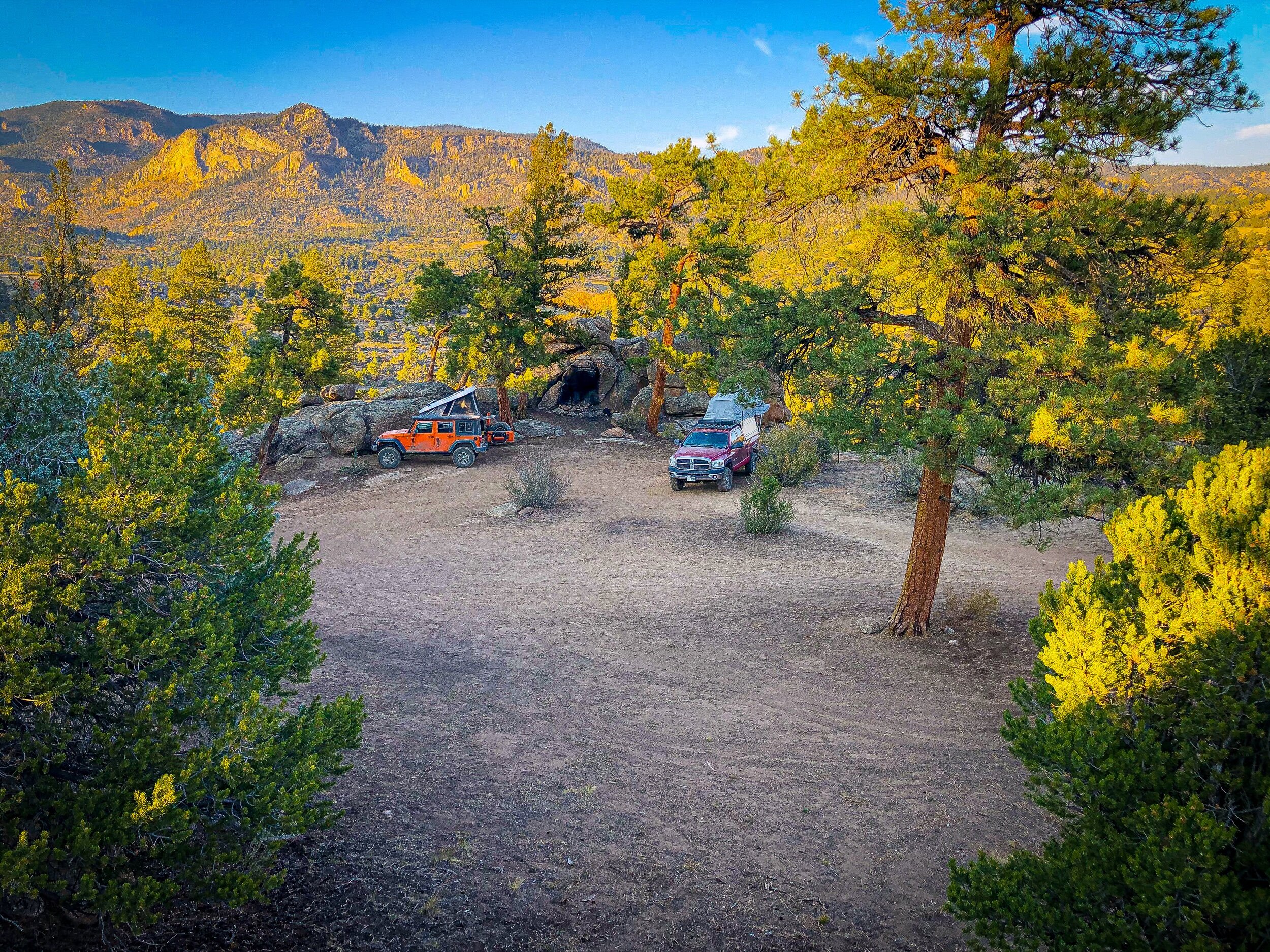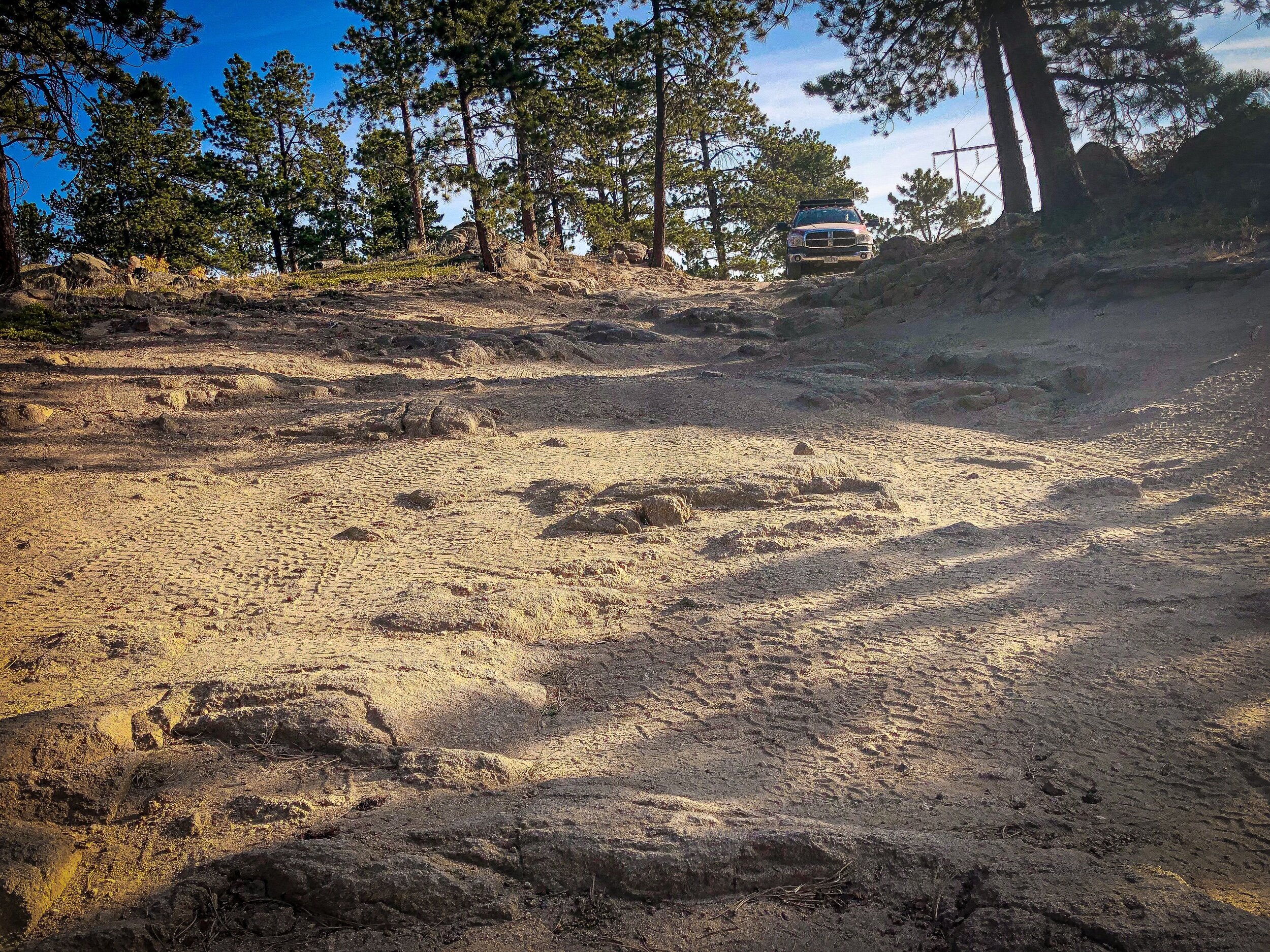When traveling to certain areas of the U.S., you’re bound to encounter at least one area that does not have any public land or dispersed camping options available. Crazy, I know. But this is more common than you might think. Take the East Coast for example. There’s plenty of places to explore and dispersed camping is readily available in the National Forrest of the Appalachian Mountains, but what if you wanted to get closer to the coast? Maybe you want to explore regions of New England, Maryland or even further south into the Carolina’s and Florida. Some of these areas are difficult to locate any public land in which you’re allowed to camp, let alone dispersed options. The go to in these areas has pretty much been limited to hotels, campgrounds (seasonal), or Walmart parking lots. The later only really works if you’re self contained in a van or some sort of camper.
Lately though, there as been another option that is starting to gather popularity. App based campsites. You can find these options through member services such as Harvest Hosts, Boondockers, and the like. The major draw back to these services are they are typically limited to actual hard sided campers, so no rooftop tents or pop up campers, and they are membership based. The one other caveat is neither really offer a dispersed option where you can be off on your own. With Boondockers you’re either camping in someone’s driveway or in front of their house and with Harvest Host it’s typically some sort of business that’s offering camping in exchange for you visiting their store/facility and potentially spending some money. Neither are bad options at all. But lately there has been another App based service that is skyrocketing in popularity, Hipcamp. This service is more like an AirBNB for campers. In the app, you can filter based on location, availability and amenities, scroll through pictures and reviews of the campsites and even book/pay right through the app. The best part is there is no annual subscription and each campsite has the price listed in the description.
Full disclosure, we’ve only used Hipcamp a couple of times ourselves. Our experiences were both great and mediocre. The great one being a dispersed campsite on private land inside a national wildlife refuge with firewood, fire ring, outdoor furniture, grill and even a composting privy at our disposal. The mediocre one was again on private property over on the side yard within eye shot of their home. It offered the same amenities as the other, but with the privy and a shower located in their detached garage. They also offer access to their pool, which was not yet open for the season. Both were gorgeous campsites, but we have to admit it was a little odd camping in someone’s yard, at least for us. We also knew, going into it that we were going to be staying near the house on the lawn. It was just our way of trying some of the different options out there that are listed on Hipcamp.
Again, the really nice thing about Hipcamp is it acts just like an AirBNB rental. You pick your camp and once you book it, you’ll have the comfort of knowing that there will be no need to hunt for a site when you get there, nor will you have to worry about someone getting there before you. Just show up, setup and enjoy. There’s something to be said about the ease of that. So if you find yourself traveling through an area that may be difficult to find a campsite, or maybe you just don’t want the fuss of trying to track a campsite down due to time constraints. You may want to give Hipcamp a try.
NOTE: This is not a paid post and we are in no way affiliated with Hipcamp. This is honestly our first impression of the service and will most likely not be our last interaction with it either. We truly see where this can and will be a valuable tool in our kit to locating campsites in the future. See the gallery below for photos of the aforementioned “Great Experience” campsite we enjoyed in Maryland. The link to this campsite is located here and the link to the video our YouTube channel is also located here.
